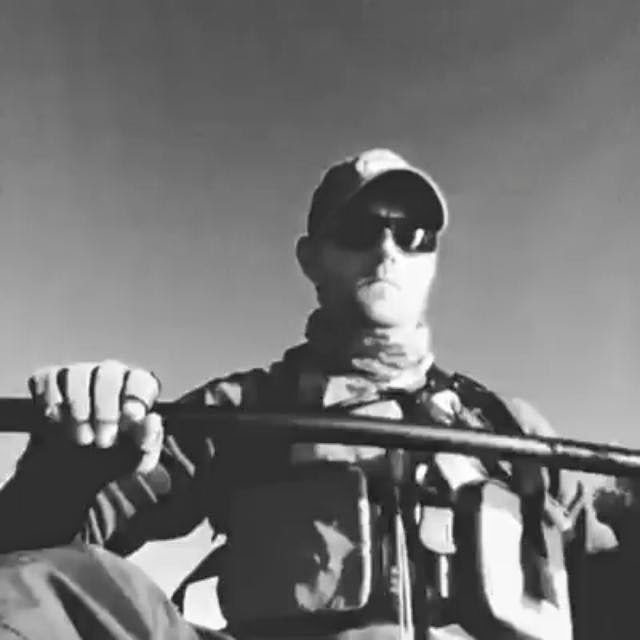In PFDs there are three basic styles.
#1- Inflatables- These are lightweight and do not float you until you hit the water, at which point it inflates and floats you to the top. These are easy to wear but also easy to forget so be aware. It is also important to test them and if it has been inflated once, you have to go buy a new cartridge so it will work next time.
#2- Permanently Buoyant- These are the typical life jackets that are worn. They can be a bit bulky and usually get stowed because of it. A stowed PFD rarely saves a life when compared to one that is worn.
#3- Hybrids- These are a mix of the two types and offer some flotation with being inflated.
The US Coat Guard classifies PFDs into five different types.
Type I- This is a PFD that will float a person right side up in the water. It is typically used in ocean vessels or places where rescue will be a long way off.
Type II- This is similar to a Type I. It doesn't have the same flotation power however and may not right you in the water. These are for offshore uses where rescue may be a bit faster and you can see land.
Type III- This is your typical recreation life jacket. It will float you but won't right you and this should only be used in lakes, not open water, and rescue should be at hand.
Type IV- Remember the life preservers from the Love Boat? Ok, maybe not. Remember the big ring at the lifeguard stand? That's a Type IV. Anything you can throw that will help someone float that isn't worn typically falls under this category.
Type V- These are specialized PFDs for activities like kayaking, skiing, and other water sports.
One last thing before we get to the selections:
Remember that in Texas:
- Children under 13 years of age in or on vessels under 26 feet must wear a U.S. Coast Guard approved wearable PFD while underway.
- All vessels under 16 feet (including canoes and kayaks) must be equipped with one Type I, II, III or V for each person on board.
- Vessels 16 feet and longer, in addition to the Type I, II, III or V for each person on board, must have one Type IV throwable device which must be readily accessible. Canoes and kayaks over 16 feet are exempt from the Type IV requirement.
Ok, so I am assuming that if you are here you are a paddler, boater or family member/friend. Moving on that assumption there are two types of life jackets that work best for paddling, Type V and Type III. In these, there are several choices to make.In the styles, I want permanence. This is strictly a preference but I don't trust inflatables. They work great 99.9999% of the time but I need one that'll float me regardless.
Call me old fashioned but if I am going down the Devils River, far away from rescue, fall out of my kayak, my PFD inflates and then it gets punctured by a rock, limb, fishing hook etc, I am then in very bad shape. I don't want multiple life jackets for different scenarios. I want one. One that will do everything I need. I paddle in a PFD that will always float me and not fail me because a mechanism went out. Or a cartridge. There is plenty to think about as safety goes without worrying about maintenance on a PFD. So here are my recommendations:
If you are fishing from your kayak, I like these-
Stohlquist Pi-Seas PFD
The Stohlquist offers good arm clearance, shoulder webbing, good cinching to avoid ride up, the back cushioning is high enough to avoid that backrest on your seat and has multiple tethers and pockets to keep everything close at hand. This is a universal fit jacket up to a 54" chest so almost everyone can enjoy utility and comfort at the same time. It even has a net ring on the back collar so you can dip up that prize catch without fumbling for the net. This is the PFD I have fished out of every single trip for more than a year. I love it. It is a Type III PFD.
NRS Chinook
The Chinook has pockets, pockets and more pockets. The total count is seven. Throw in a tool tether, strobe holder, net ring and eight adjustment points and you can have your gear and be comfortable at the same time. This is quickly becoming one of the most popular PFDs among kayak fishermen. It is also a Type III.
You don't have to buy these to be safe but if functionality and safety are a must at all times for you, these two will give you good bang for the buck, last a long time and become part of your paddling equipment that is a "Don't leave home without it".
The best way to make sure it is what you are expecting is to go into a local paddle shop and try it on! In the Dallas area, Mariner Sails has both of these in stock as well of an assortment of inflatables. Try it on before you put down the cash and you too could have a lasting relationship with a PFD that could one day save your life. As long as you wear it.


